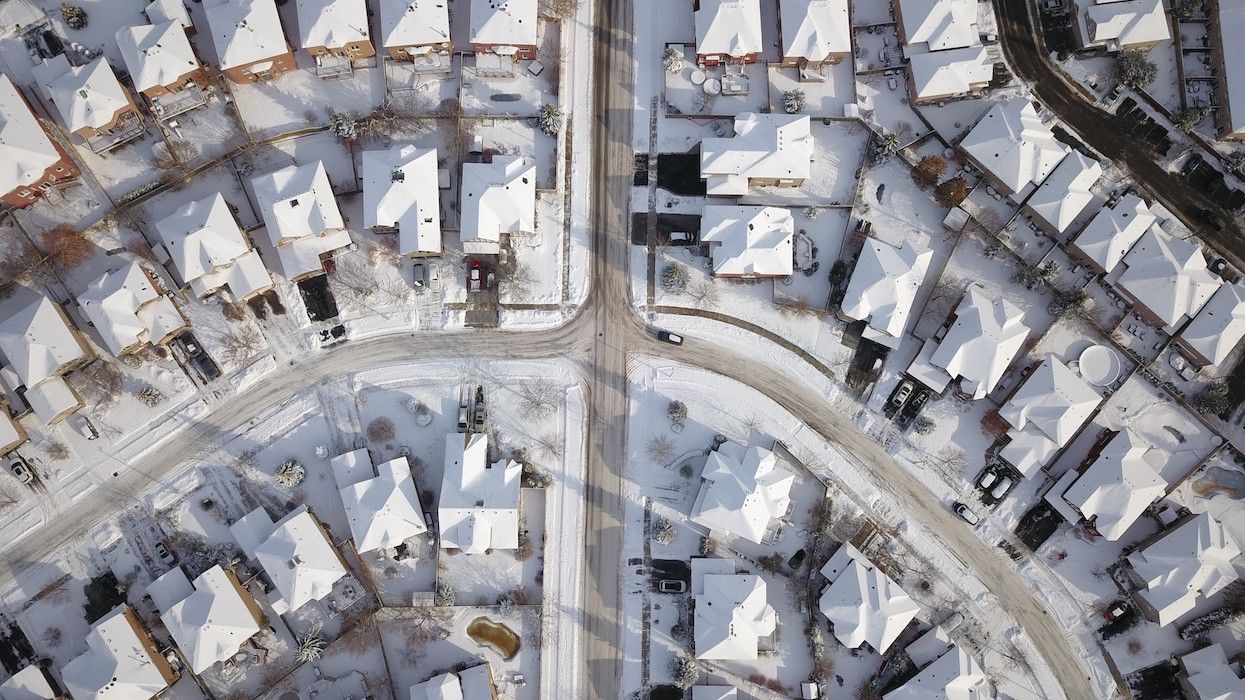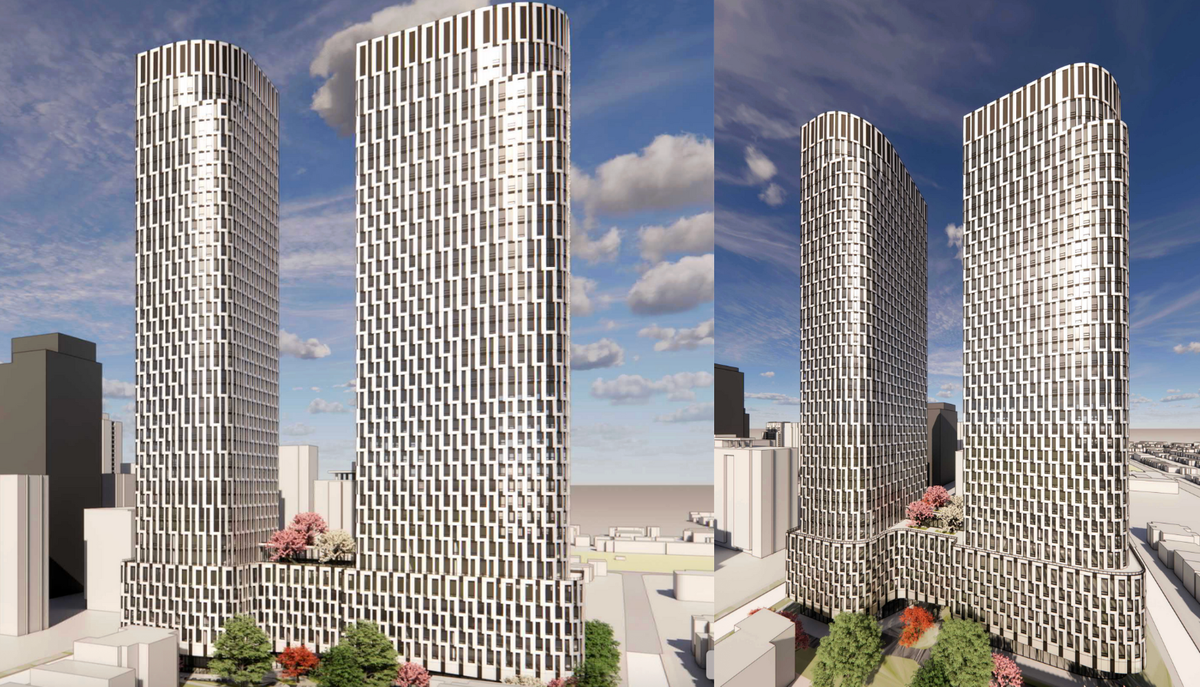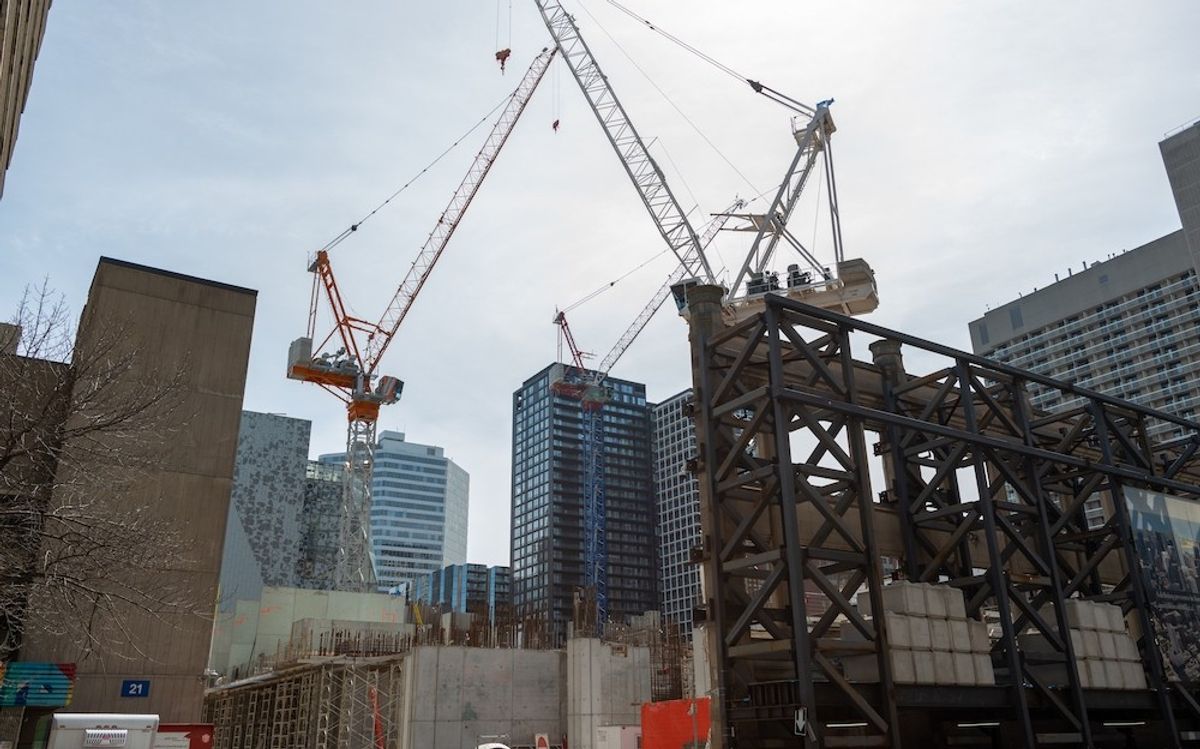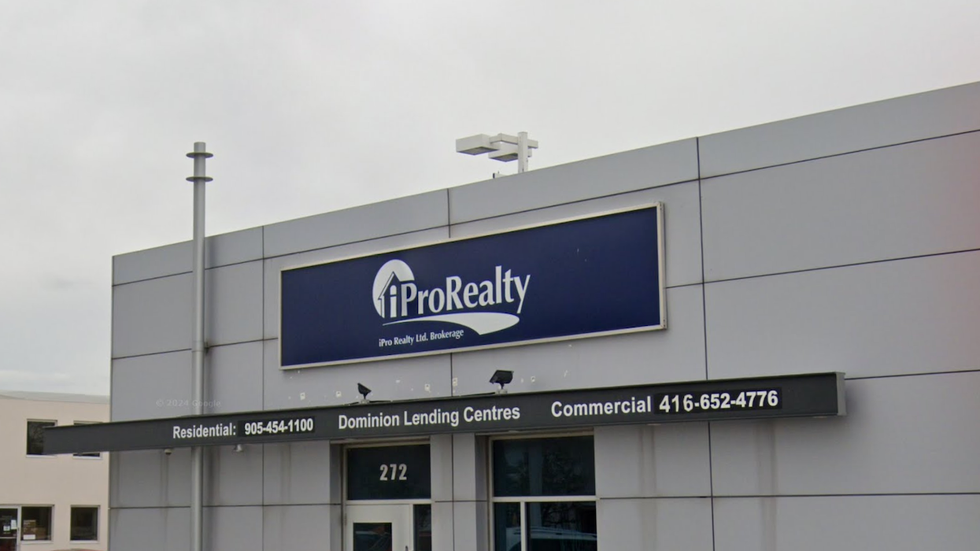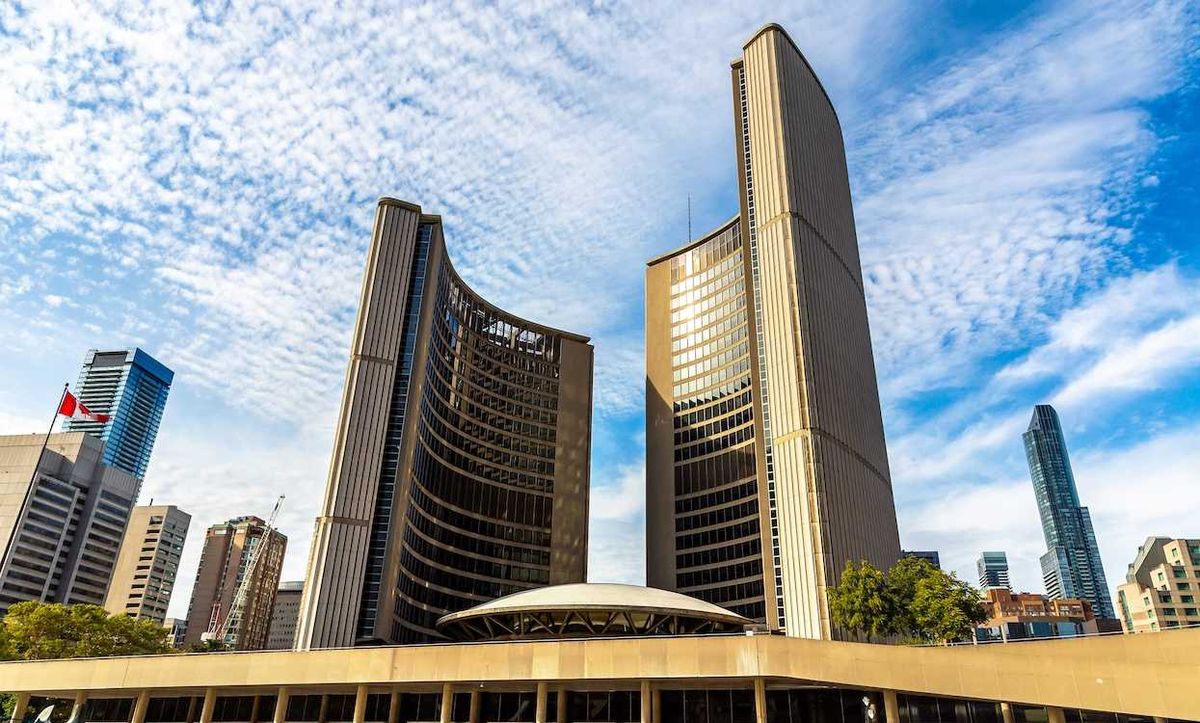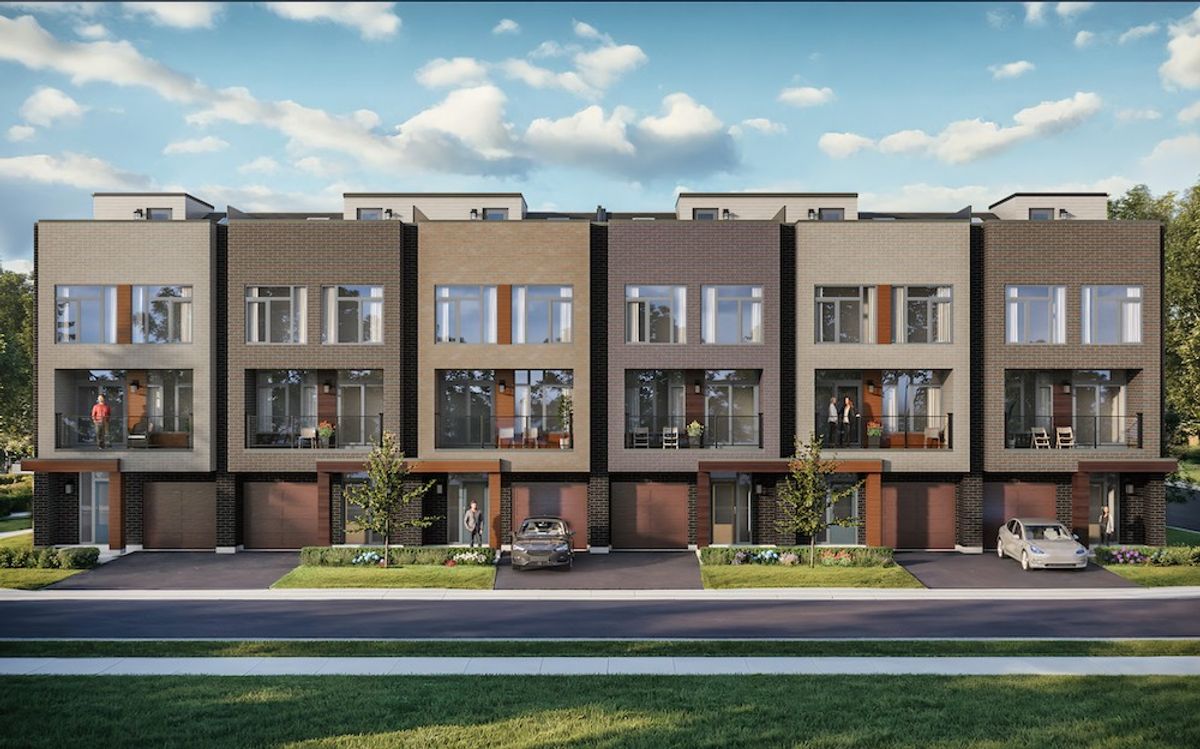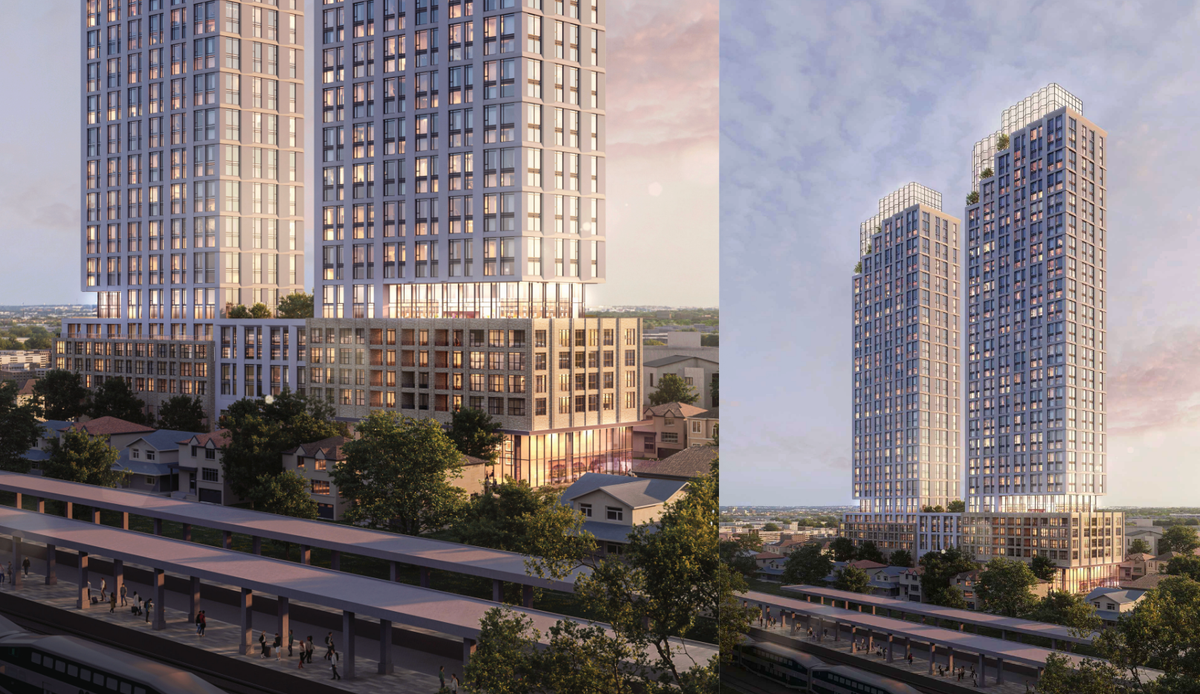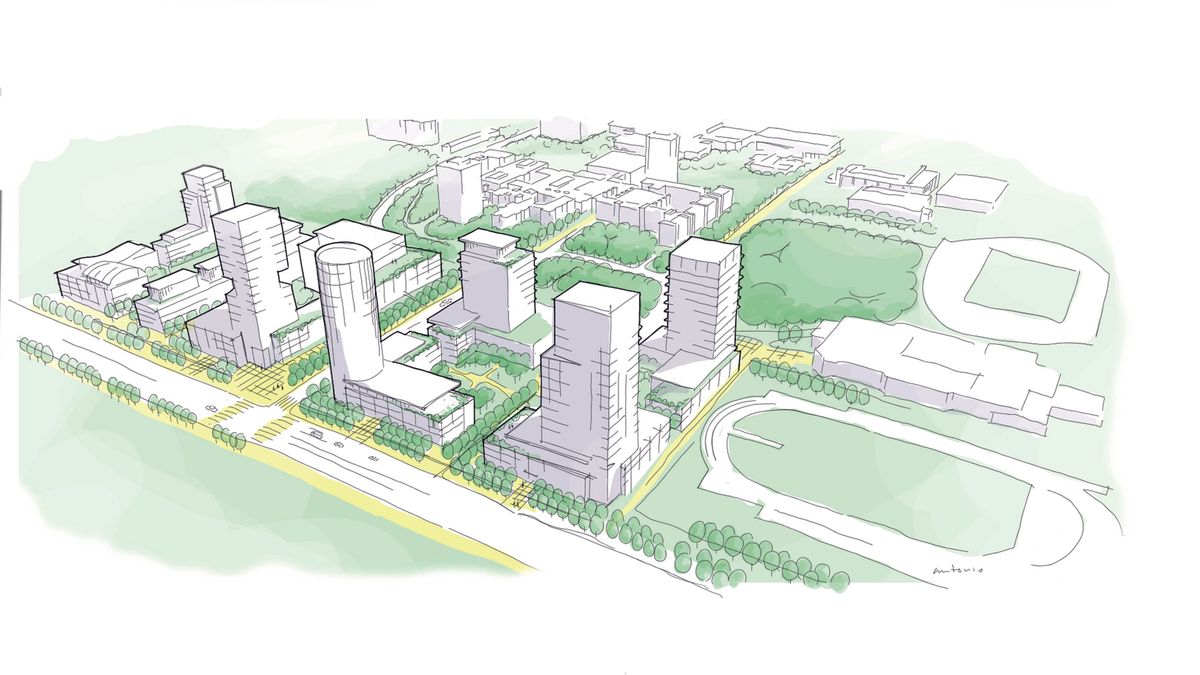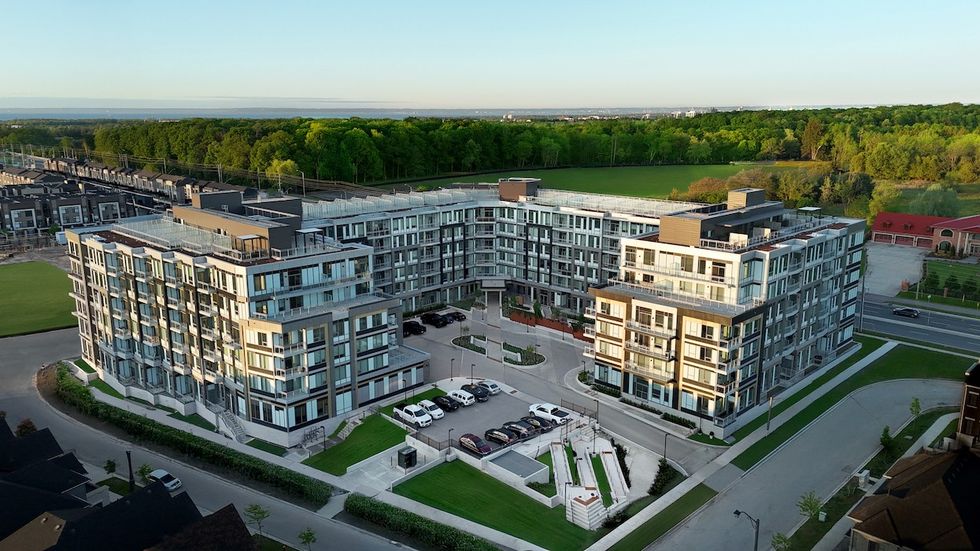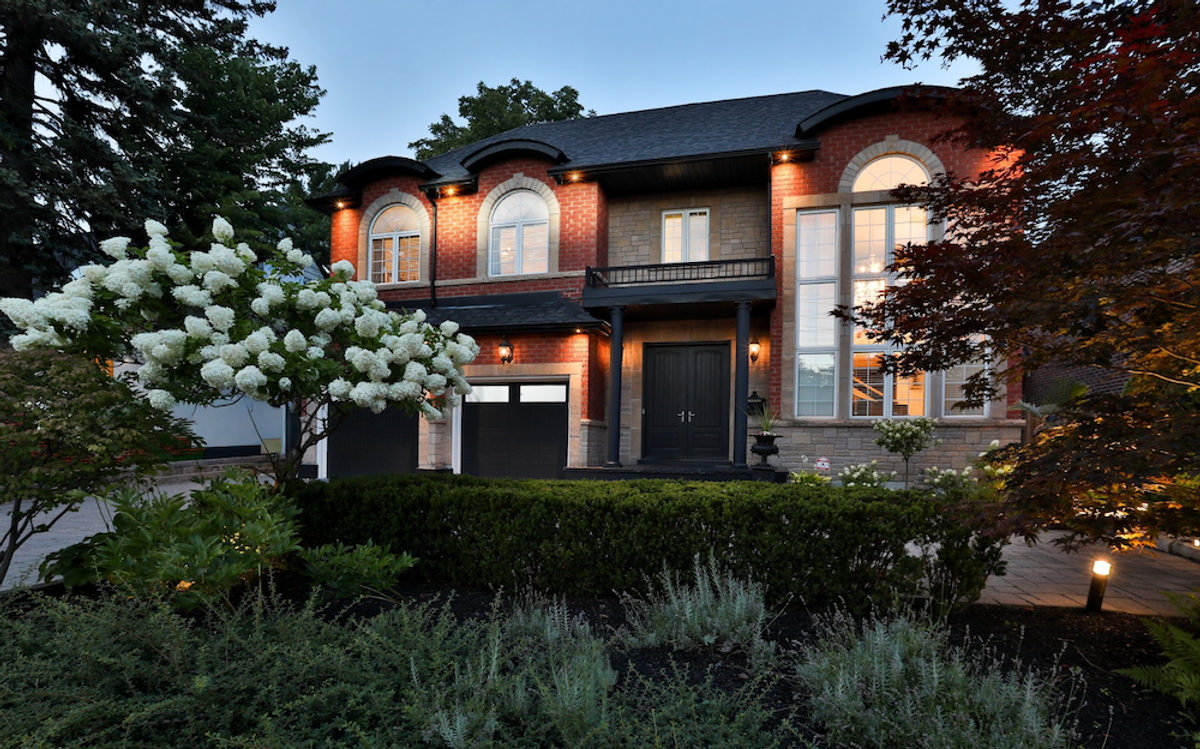This article was written and submitted by Elechia Barry-Sproule, Toronto Regional Real Estate Board (TRREB) President and Broker/Owner of Red Apple Real Estate Inc.
Increasingly, the biggest barrier to building new homes is government taxes and fees. Taxes on housing in Ontario have skyrocketed over the last five years to the point where one-third of all the costs a consumer pays for a new home goes into government coffers. One of the worst offenders are local governments who introduced significant increases in development charges in recent years. If we are going to get more homes built in Ontario, we must tackle high taxes.
High taxes, fees, and charges from all levels of government are driving up the cost of housing, making it increasingly difficult to build and purchase homes. Development charges, land transfer taxes, and various fees can add tens of thousands of dollars to the price of a new home, discouraging both builders and buyers. When housing is burdened with excessive taxes, supply stagnates, affordability declines, and Ontario’s housing crisis worsens. Reducing taxes, fees, and charges is essential to unlocking new supply and accelerating the construction of homes. To improve housing starts and affordability for consumers, Ontario must undertake significant reforms to its housing tax structure.
Over the past two decades, development charges in Ontario have skyrocketed, far outpacing inflation and construction costs. In Toronto, for instance, development charges have surged by 102% in just the last two years. As a result, a new homebuyer in Toronto now faces over $137,000 in development charges for a single-family home and $113,000 for a townhome. The situation is even more severe in other parts of the Greater Toronto Area (GTA). In Peel, Durham, Halton, and York Regions, municipalities impose development charges ranging from $103,000 to $139,000 on a starter (medium-density) home, further driving up the cost for new buyers.
The Land Transfer Tax (LTT) presents another significant tax burden for homebuyers. This provincial tax, combined with an additional municipal LTT in Toronto, amplifies the financial strain on consumers. For instance, buyers of an average-priced home in Toronto will pay over $36,000 in LTTs upfront as closing costs to both the province and the city. While Ontario offers a $4,000 rebate and Toronto provides a $4,475 rebate for first-time homebuyers — based on outdated 2008 home price benchmarks — these rebates cover an increasingly smaller portion of the total tax burden. As home prices have nearly tripled, most first-time buyers now pay over $20,000 in LTT after the rebate. The C.D. Howe Institute has pointed out that transaction taxes like the LTT distort housing markets by discouraging mobility and raising ownership costs, further worsening housing affordability.
To get more homes built and address Ontario’s affordability crisis, bold action is required to reform how housing is taxed. First, Ontario should immediately reduce development charges. In their place, the provincial and federal governments should increase permanent transfers to municipalities, particularly for infrastructure projects related to housing, transit, and climate resilience. This would reduce municipal reliance on property taxes and development charges, helping alleviate the financial burden on homeowners while ensuring communities can invest in critical infrastructure and services.
Second, Ontario should work with the City of Toronto and reform the LTT, which disproportionately impacts first-time buyers by adding tens of thousands of dollars to the upfront cost of purchasing a home. The current provincial and Toronto rebates are inadequate in today’s housing market, where the average home price in the GTA exceeds $1.1 million. Increasing the Toronto and provincial rebates to $8,000 each, indexing it to inflation, or even eliminating the tax for first-time buyers would provide meaningful relief to young families and individuals looking to enter the housing market.
Finally, Ontario should launch a comprehensive review of municipal revenue tools to reduce the tax burden on housing. Municipalities rely heavily on property taxes and development charges to fund infrastructure and essential services, leading to rising housing costs. A thorough review should explore alternative funding mechanisms and work to reduce municipal reliance on housing taxes, while ensuring municipalities have the resources needed to deliver quality public services.
To meet the provincial goal to build 1.5 million homes by 2031, governments will need to address the crushing tax burden on housing. With one in every three dollars a homebuyer spends going to government taxes and fees, costs are skyrocketing, and new construction is slowing when it’s needed most.
Tackling taxes, fees, and charges is the first step to turbocharging housing supply, lowering costs, and ensuring more families and individuals can achieve the dream of homeownership. That’s why TRREB has launched a campaign to fight for lower taxes on Ontario homes. You can join our campaign and add your name to the thousands of Ontarians fighting for fair housing taxes by visiting FairHomeTaxes.ca.
